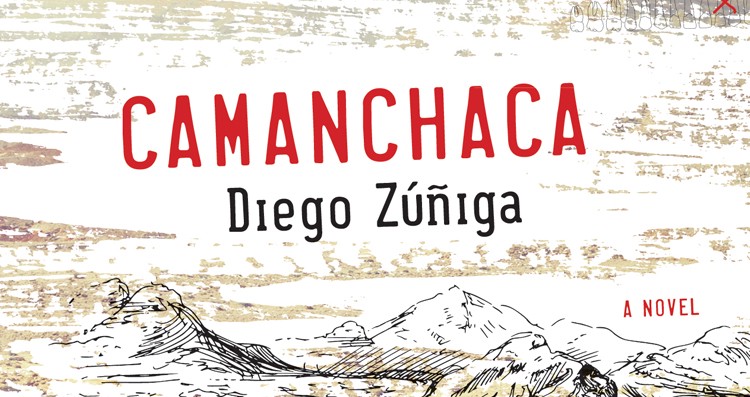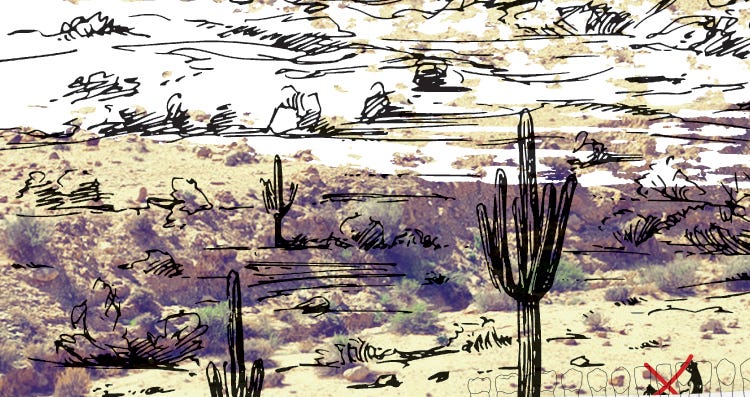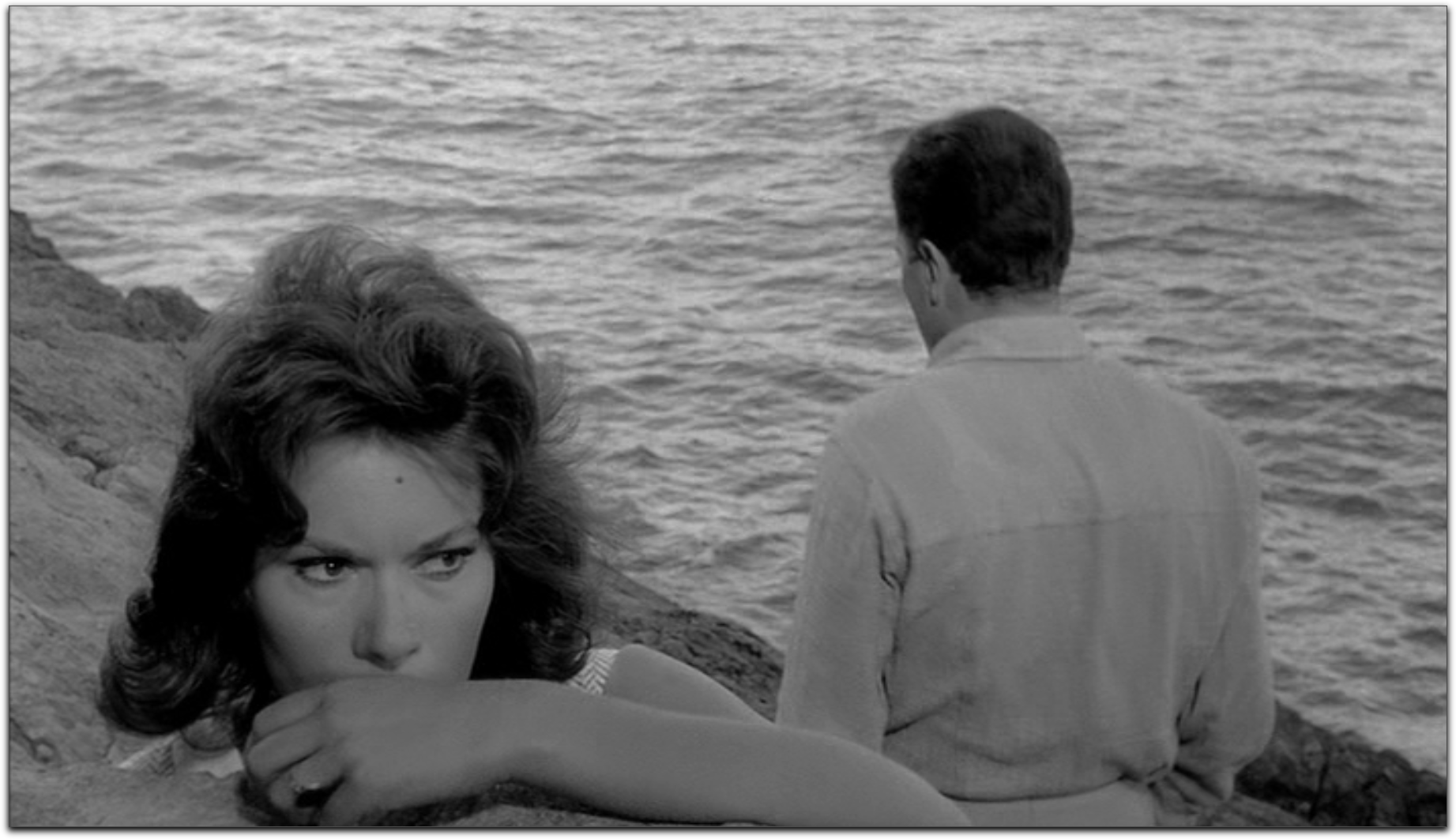Books & Culture
Through the Desert Fog
Diego Zúñiga’s Camanchaca is a novel constructed of crisp snapshots that lure the reader through the unknown

Camanchaca has one of the strongest novel openings I’ve read in years, a knockout vignette that disarms the reader with a few beats of unnecessarily specific detail, and then seamlessly shifts into fast and steady motion while glancing across a violent mystery all in just a quarter of a page:
My father’s first car was a 1971 Ford Fairlane, which my grandfather gave him when he turned fifteen.
His second was a 1985 Honda Accord, lead gray.
His third was a 1990 bmw 850i, navy blue, which he killed my Uncle Neno with.
His fourth is a Ford Ranger, smoke colored, which we are driving across the Atacama Desert.
Diego Zúñiga’s book is constructed of crisp snapshots — 110 of them — that take place in locations in Buenos Aires and Santiago and small towns across Chile. Our narrator is an aspiring journalist, trying to understand and process the traumas of his fragmented family.
Though the narrator in Camanchaca is 20 years old, his social and emotional growth is stunted and he’s badly overweight. He’s dependent on one parent who’s unable to provide for him, and another who’s unwilling. They’re tragic monsters: his dad is a suave deadbeat who left when the narrator was four. His mom is lonely, obese, and desperate for human touch. While he seeks to uncover what happened to his Uncle Neno, our narrator captures his family in clipped recollections.
“We’d sit in the living room: two glasses of water, an ashtray, her cigarettes and lighter, the recorder, the microphone, and a radio,” the narrator says of a series of nights with his mom in their home in Santiago. She liked talking about her childhood, and is haunted by the memory of her mother packing a suitcase and leaving forever when she was just a girl. When telling stories, she often wanders off track or disappears into silence. The narrator nudges her back. He asks about the accident with Neno. “She looked at me and told me that someday she’d tell me the truth, but that for now, I wouldn’t be able to understand.”
Left throughout her life, the narrator’s mom has a crushing fear that he’ll leave her, too. When the narrator and his mom moved away from the father, they ended up in a private and oppressively co-dependent world. “When we came to Santiago we decided we would sleep together,” the narrator remembers. “Although, really, it was my mother who made the decision. She told me there was no money for gas, we couldn’t have a heater, and it would be best for us to sleep in the same bed, like when I was a kid and we still lived in Iquique.”
The narrator remembers points of high-uncertainty and pain in his life — at the age of four, ten, fourteen, etc. — but the most chronologically recent thread of the story takes place with the young man’s trip across the desert with his father’s new family. The trip is hazy and surreal, with vast stretches of nothing but sand and orange horizon. Then the narrator wakes up to streetlights he doesn’t recognize. “When I left Iquique, Alto Hospicio didn’t yet exist,” the narrator thinks. “There were five house in the middle of the desert, along with a couple of illegal garbage dumps. Now it’s a city, I think to myself, a city with lit streets.” Despite the narrator’s attempt to understand his world, it slowly but powerfully shifts beneath him.
Though the chronological jumps are frequent and the scenes are compact, Zúñiga deftly threads the storylines with evocative anchoring sensations. The dark deterioration of the son’s relationship with his mother, for example, is paired with the visceral decline of the family dog. One night the narrator and his mom hear her whining outside. The narrator says, “We went to the yard and there she was, thin, her cocker spaniel ears covered in dirt. She was lying in her house and crying. “I don’t know what to do,” said my mom.”
The narrator says, “Me either.”
Camanchaca is a fog that forms across the Atacama Desert along the Chilean coast. Though the actual weather-event doesn’t descend upon our characters until the final page of this novel, the sensation of the sprawling unknown hangs across each page, and Zúñiga lures the reader through with lucid, short-range glimpses of the surrounding world.
I’ve read this short, poetic book several times and I still don’t entirely understand what happened to Uncle Neno — there’s a series of infidelities with the mother and father. There’s a bad accident out on a desert stretch of road — but maybe it’s better that way; maybe it’s more representative of the fragmented way a person might inherit trauma.

Between each short burst of lyric storytelling, there are huge empty spaces. “At first my mother answered the way she always did, leaving loose ends, silences, the kind of things that seem so much a part of her life.” The narrator tells her she can’t do that — stop without explaining things fully. “She said she didn’t know how to do it any other way.”









